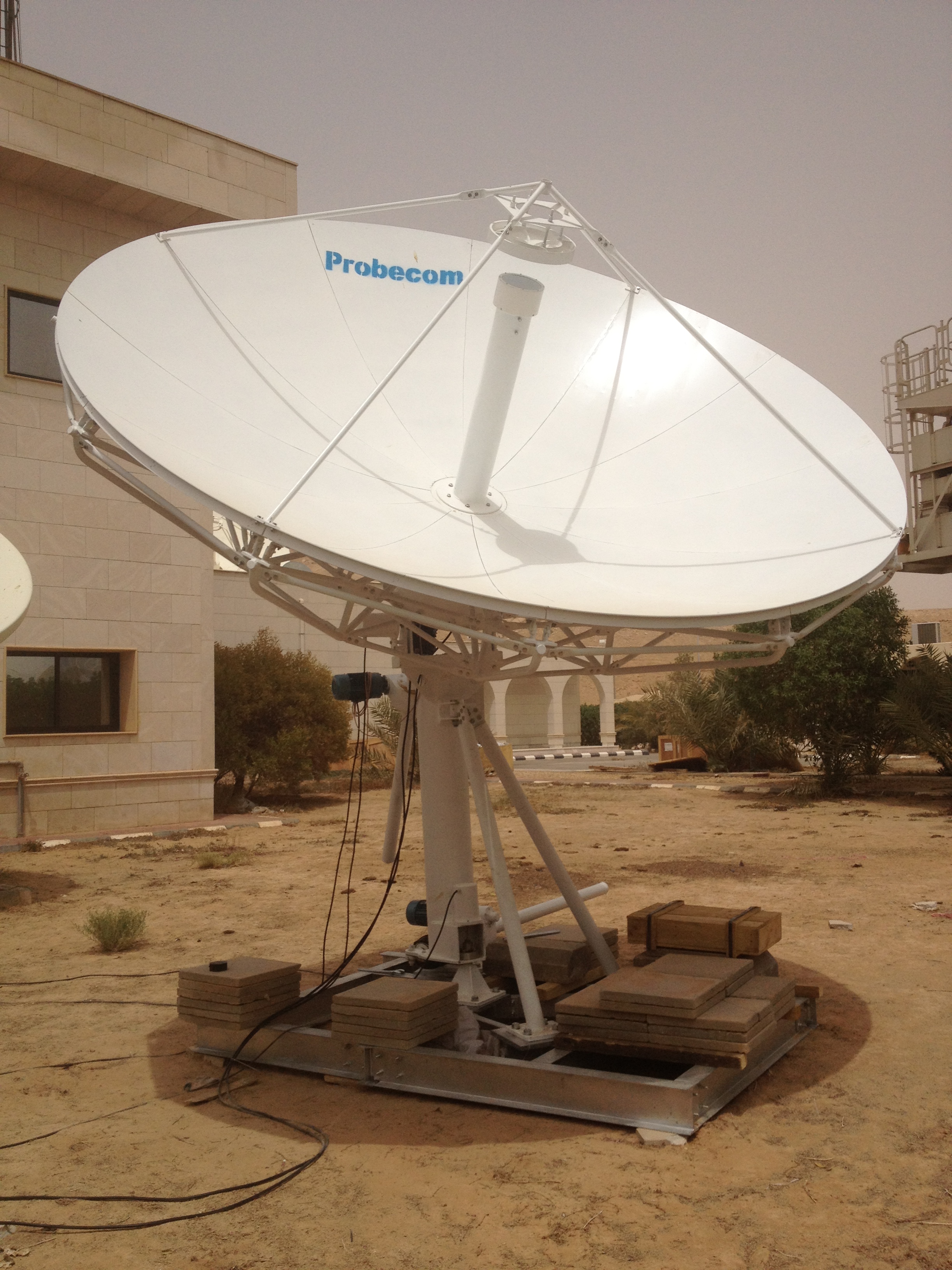

Military requirement for fixed systems in some countries.ġ. Essential military requirements for satellite downlinks the mobile satellite sub-band 7250-7300 MHz is for naval and land mobile earth stations.Ģ. for fixed-satellite service and mobile-satellite service, the NATO nations negotiated the NATO Joint Civil/Military Frequency Agreement (NJFA). However, in order to meet military radio spectrum requirements, e.g. This is also the case pertaining to X band military communications satellites. The International Telecommunication Union (ITU), the international body which allocates radio frequencies for civilian use, is not authorised to allocate frequency bands for military radio communication. These results are some of the best confirmations of the General Theory of Relativity.

By making simultaneous measurements at the two different frequencies, the resulting data enabled theoretical physicists to verify the mathematical predictions of Albert Einstein's General Theory of Relativity. When the planet Mars was passing near or behind the Sun, as seen from the Earth, a Viking lander would transmit two simultaneous continuous-wave carriers, one in the S band and one in the X band in the direction of the Earth, where they were picked up by DSN ground stations. It will also detect variations in angular momentum due to the redistribution of masses, such as the migration of ice from the polar caps to the atmosphere.Īn important use of the X band communications came with the two Viking program landers. The new European double Mars Mission ExoMars will also use X band communication, on the instrument LaRa, to study the internal structure of Mars, and to make precise measurements of the rotation and orientation of Mars by monitoring two-way Doppler frequency shifts between the surface platform and Earth. Notable deep space probe programs that have employed X band communications include the Viking Mars landers the Voyager missions to Jupiter, Saturn, and beyond the Galileo Jupiter orbiter the New Horizons mission to Pluto and the Kuiper belt, the Curiosity rover and the Cassini-Huygens Saturn orbiter.

DSN stations are capable of using the older and lower S band deep-space radio communications allocations, and some higher frequencies on a more-or-less experimental basis, such as in the K band. These three stations, located approximately 120 degrees apart in longitude, provide continual communications from the Earth to almost any point in the Solar System independent of Earth rotation. DSN facilities are in Goldstone, California (in the Mojave Desert), near Canberra, Australia, and near Madrid, Spain. The primary user of this allocation is the American NASA Deep Space Network (DSN). Portions of the X band are assigned by the International Telecommunication Union (ITU) exclusively for deep space telecommunications. Two way applications such as broadband typically use a 350 MHz TX offset.ĭSS-43 70 meter X-band spacecraft communication antenna at the Canberra Deep Space Communication Complex, Australia.
Transmit band tv#
The local oscillator is usually 9750 MHz, the same as for K u band satellite TV LNB. The home / Business CPE has a single coaxial cable with a power adapter connecting to an ordinary cable modem. DOCSIS (Data Over Cable Service Interface Specification) the standard used for providing cable internet to customers, uses some X band frequencies. Alvarion, CBNL, CableFree and Ogier make systems for this, though each has a proprietary airlink. X band 10.15 to 10.7 GHz segment is used for terrestrial broadband in many countries, such as Brazil, Mexico, Saudi Arabia, Denmark, Ukraine, Spain and Ireland. Terrestrial communications and networking The shorter wavelengths of the X band allow for higher resolution imagery from high-resolution imaging radars for target identification and discrimination. X band radar frequency sub-bands are used in civil, military, and government institutions for weather monitoring, air traffic control, maritime vessel traffic control, defense tracking, and vehicle speed detection for law enforcement. X band is used in radar applications including continuous-wave, pulsed, single- polarization, dual-polarization, synthetic aperture radar, and phased arrays. An X-Band marine radar antenna on a ship.


 0 kommentar(er)
0 kommentar(er)
